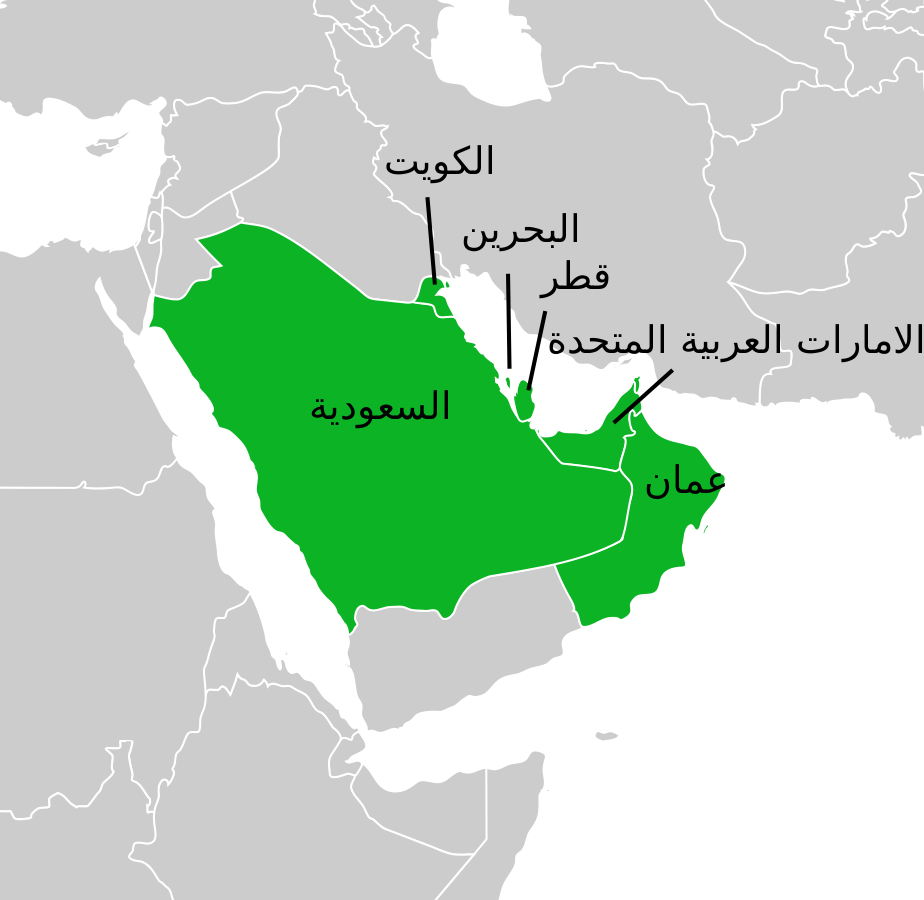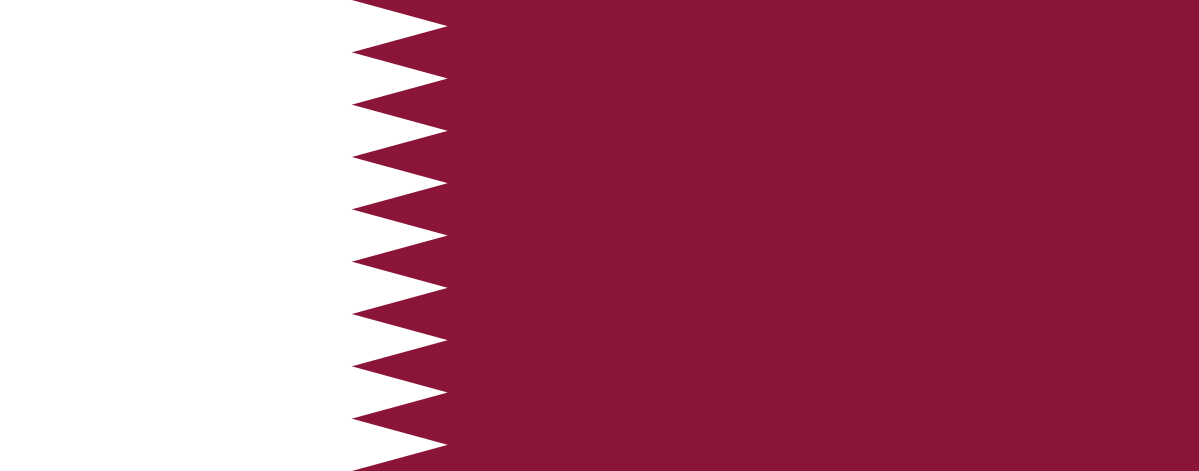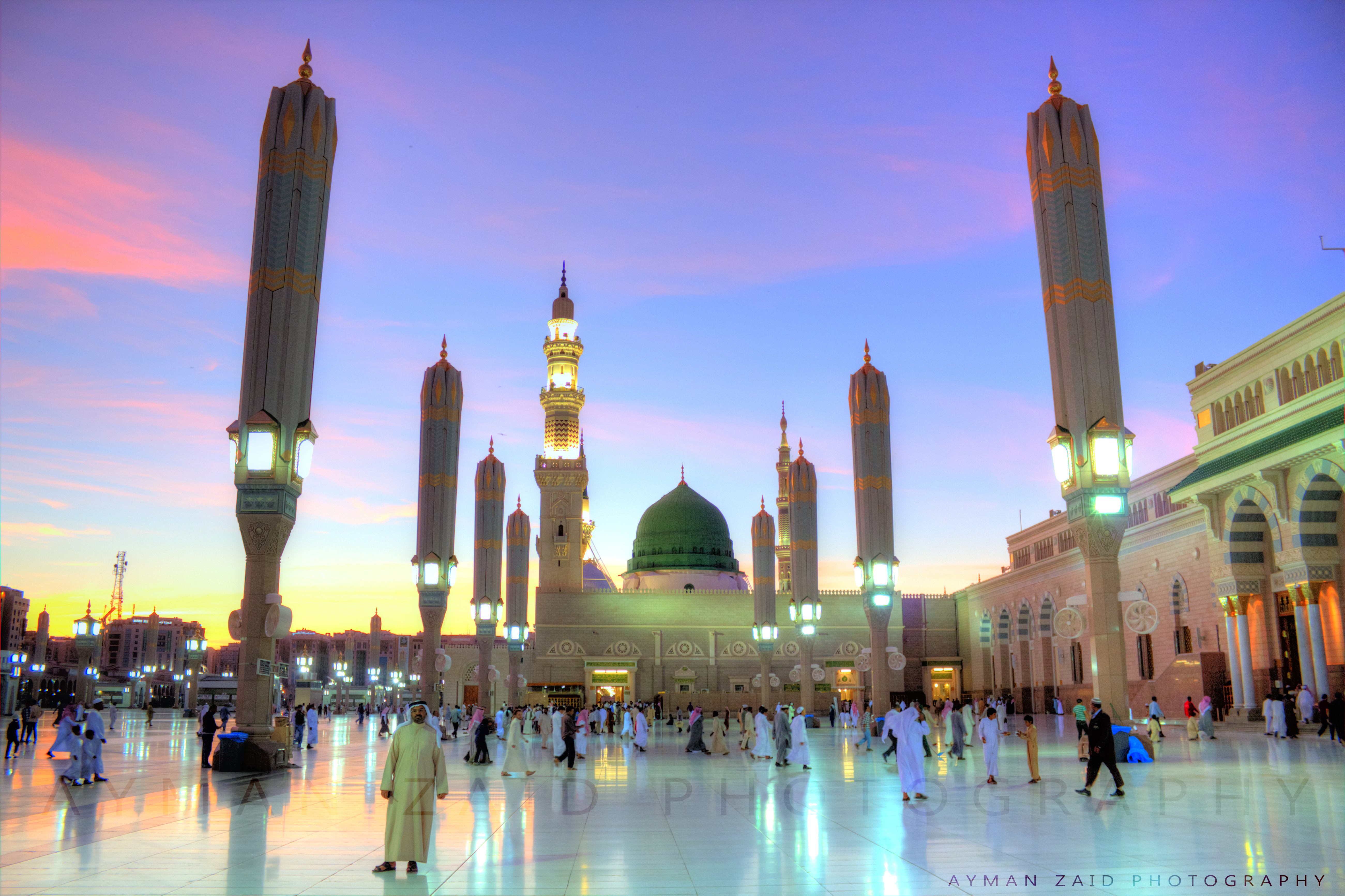4.5: Culture
- Page ID
- 151328
\( \newcommand{\vecs}[1]{\overset { \scriptstyle \rightharpoonup} {\mathbf{#1}} } \)
\( \newcommand{\vecd}[1]{\overset{-\!-\!\rightharpoonup}{\vphantom{a}\smash {#1}}} \)
\( \newcommand{\dsum}{\displaystyle\sum\limits} \)
\( \newcommand{\dint}{\displaystyle\int\limits} \)
\( \newcommand{\dlim}{\displaystyle\lim\limits} \)
\( \newcommand{\id}{\mathrm{id}}\) \( \newcommand{\Span}{\mathrm{span}}\)
( \newcommand{\kernel}{\mathrm{null}\,}\) \( \newcommand{\range}{\mathrm{range}\,}\)
\( \newcommand{\RealPart}{\mathrm{Re}}\) \( \newcommand{\ImaginaryPart}{\mathrm{Im}}\)
\( \newcommand{\Argument}{\mathrm{Arg}}\) \( \newcommand{\norm}[1]{\| #1 \|}\)
\( \newcommand{\inner}[2]{\langle #1, #2 \rangle}\)
\( \newcommand{\Span}{\mathrm{span}}\)
\( \newcommand{\id}{\mathrm{id}}\)
\( \newcommand{\Span}{\mathrm{span}}\)
\( \newcommand{\kernel}{\mathrm{null}\,}\)
\( \newcommand{\range}{\mathrm{range}\,}\)
\( \newcommand{\RealPart}{\mathrm{Re}}\)
\( \newcommand{\ImaginaryPart}{\mathrm{Im}}\)
\( \newcommand{\Argument}{\mathrm{Arg}}\)
\( \newcommand{\norm}[1]{\| #1 \|}\)
\( \newcommand{\inner}[2]{\langle #1, #2 \rangle}\)
\( \newcommand{\Span}{\mathrm{span}}\) \( \newcommand{\AA}{\unicode[.8,0]{x212B}}\)
\( \newcommand{\vectorA}[1]{\vec{#1}} % arrow\)
\( \newcommand{\vectorAt}[1]{\vec{\text{#1}}} % arrow\)
\( \newcommand{\vectorB}[1]{\overset { \scriptstyle \rightharpoonup} {\mathbf{#1}} } \)
\( \newcommand{\vectorC}[1]{\textbf{#1}} \)
\( \newcommand{\vectorD}[1]{\overrightarrow{#1}} \)
\( \newcommand{\vectorDt}[1]{\overrightarrow{\text{#1}}} \)
\( \newcommand{\vectE}[1]{\overset{-\!-\!\rightharpoonup}{\vphantom{a}\smash{\mathbf {#1}}}} \)
\( \newcommand{\vecs}[1]{\overset { \scriptstyle \rightharpoonup} {\mathbf{#1}} } \)
\( \newcommand{\vecd}[1]{\overset{-\!-\!\rightharpoonup}{\vphantom{a}\smash {#1}}} \)
\(\newcommand{\avec}{\mathbf a}\) \(\newcommand{\bvec}{\mathbf b}\) \(\newcommand{\cvec}{\mathbf c}\) \(\newcommand{\dvec}{\mathbf d}\) \(\newcommand{\dtil}{\widetilde{\mathbf d}}\) \(\newcommand{\evec}{\mathbf e}\) \(\newcommand{\fvec}{\mathbf f}\) \(\newcommand{\nvec}{\mathbf n}\) \(\newcommand{\pvec}{\mathbf p}\) \(\newcommand{\qvec}{\mathbf q}\) \(\newcommand{\svec}{\mathbf s}\) \(\newcommand{\tvec}{\mathbf t}\) \(\newcommand{\uvec}{\mathbf u}\) \(\newcommand{\vvec}{\mathbf v}\) \(\newcommand{\wvec}{\mathbf w}\) \(\newcommand{\xvec}{\mathbf x}\) \(\newcommand{\yvec}{\mathbf y}\) \(\newcommand{\zvec}{\mathbf z}\) \(\newcommand{\rvec}{\mathbf r}\) \(\newcommand{\mvec}{\mathbf m}\) \(\newcommand{\zerovec}{\mathbf 0}\) \(\newcommand{\onevec}{\mathbf 1}\) \(\newcommand{\real}{\mathbb R}\) \(\newcommand{\twovec}[2]{\left[\begin{array}{r}#1 \\ #2 \end{array}\right]}\) \(\newcommand{\ctwovec}[2]{\left[\begin{array}{c}#1 \\ #2 \end{array}\right]}\) \(\newcommand{\threevec}[3]{\left[\begin{array}{r}#1 \\ #2 \\ #3 \end{array}\right]}\) \(\newcommand{\cthreevec}[3]{\left[\begin{array}{c}#1 \\ #2 \\ #3 \end{array}\right]}\) \(\newcommand{\fourvec}[4]{\left[\begin{array}{r}#1 \\ #2 \\ #3 \\ #4 \end{array}\right]}\) \(\newcommand{\cfourvec}[4]{\left[\begin{array}{c}#1 \\ #2 \\ #3 \\ #4 \end{array}\right]}\) \(\newcommand{\fivevec}[5]{\left[\begin{array}{r}#1 \\ #2 \\ #3 \\ #4 \\ #5 \\ \end{array}\right]}\) \(\newcommand{\cfivevec}[5]{\left[\begin{array}{c}#1 \\ #2 \\ #3 \\ #4 \\ #5 \\ \end{array}\right]}\) \(\newcommand{\mattwo}[4]{\left[\begin{array}{rr}#1 \amp #2 \\ #3 \amp #4 \\ \end{array}\right]}\) \(\newcommand{\laspan}[1]{\text{Span}\{#1\}}\) \(\newcommand{\bcal}{\cal B}\) \(\newcommand{\ccal}{\cal C}\) \(\newcommand{\scal}{\cal S}\) \(\newcommand{\wcal}{\cal W}\) \(\newcommand{\ecal}{\cal E}\) \(\newcommand{\coords}[2]{\left\{#1\right\}_{#2}}\) \(\newcommand{\gray}[1]{\color{gray}{#1}}\) \(\newcommand{\lgray}[1]{\color{lightgray}{#1}}\) \(\newcommand{\rank}{\operatorname{rank}}\) \(\newcommand{\row}{\text{Row}}\) \(\newcommand{\col}{\text{Col}}\) \(\renewcommand{\row}{\text{Row}}\) \(\newcommand{\nul}{\text{Nul}}\) \(\newcommand{\var}{\text{Var}}\) \(\newcommand{\corr}{\text{corr}}\) \(\newcommand{\len}[1]{\left|#1\right|}\) \(\newcommand{\bbar}{\overline{\bvec}}\) \(\newcommand{\bhat}{\widehat{\bvec}}\) \(\newcommand{\bperp}{\bvec^\perp}\) \(\newcommand{\xhat}{\widehat{\xvec}}\) \(\newcommand{\vhat}{\widehat{\vvec}}\) \(\newcommand{\uhat}{\widehat{\uvec}}\) \(\newcommand{\what}{\widehat{\wvec}}\) \(\newcommand{\Sighat}{\widehat{\Sigma}}\) \(\newcommand{\lt}{<}\) \(\newcommand{\gt}{>}\) \(\newcommand{\amp}{&}\) \(\definecolor{fillinmathshade}{gray}{0.9}\)In this section, students will:
- learn about the geographical location and national flags of the Arab countries of the Gulf
- learn about the famous cities, authentic foods, traditional clothing, and famous artifacts in the Arab countries of the Gulf
Arab Countries of the Gulf are:
- Kuwait.
- Bahrain
- Qatar
- The United Arab Emirates.
- Oman.
- Saudi Arabia.
Facts to know about Arab Countries of the Gulf
Kuwait:
- Official Name: State of Kuwait دولة الكويت Dawlat Al-Kuwait
- Capital: Kuwait city
- Population: 4.67 million ( 2022 estimate)
- Currency: Kuwaiti dinar الدينار الكويتي aldinar alkuwaiti
- Continent: Asia آسيا asia
- Official Lagrange: Modern Standard Arabic
Bahrain:
- Official Name: Kingdom of Bahrain مملكة البحرين Mamlakat Al-Bahrayn
- Capital: Manama
- Population: 1,501,635 ( 2022 estimate)
- Currency: Bahraini dinar الدينار البحريني aldinar albahrani
- Continent: Asia آسيا asia
- Official Lagrange: Modern Standard Arabic
Qatar:
- Official Name: State of Qatar دولة قطر Dawlat Qatar
- Capital: Doha
- Population: 2,795,484 ( 2020 estimate)
- Currency: Qatari riyal الريال القطري Qatari riyal
- Continent: Asia آسيا asia
- Official Lagrange: Modern Standard Arabic
The United Arab Emirates:
- Official Name: United Arab Emirates الإمارات العربية المتحدة Al - Imarat Al--Aranyiah Al- Muttahida
- Capital: Abu Dhabi
- Population: 9,282,410 ( 2020 estimate)
- Currency: UAE dirham الدرهم الإماراتي dirham alimarati
- Continent: Asia آسيا asia
- Official Lagrange: Modern Standard Arabic
Oman:
- Official Name: Sultanate of Oman سلطنة عمان Saltanat Uman
- Capital: Muscat
- Population: 5.107 million ( 2020 estimate)
- Currency: Omani rial ريال عماني Riyal omani
- Continent: Asia آسيا asia
- Official Lagrange: Modern Standard Arabic
Saudi Arabia:
- Official Name: Kingdom of Saudi Arabia المملكة العربية السعودية Al-Mamlakah al-Arabiya as Suudiya
- Capital:Riyadh
- Population: 34,218,000 ( 2019 estimate)
- Currency: Saudi riyal الريال السعودي riyal saudi
- Continent: Asia آسيا asia
- Official Lagrange: Modern Standard Arabic

1.1 Arab Countries of the Gulf Capitals and National Flags
This table shows the Arabian Gulf countries and their national flags
| The Country Name in English | The Country Name in Arabic | The Name of the Capital in English | The Name of the Capital in Arabic | Flag |
|---|---|---|---|---|
| Kuwait | الكويت | Kuwait | الكويت |

|
| Bahrain | البحرين | Manama | المنامة |

|
| Qatar | قَطر | Doha | الدوحة |

|
| United Arab Emirates | الإمارات العربية المتحدة | Abu Dhabi | أبو ظبي |
 United Arab Emirates United Arab Emirates
|
| Oman | عُمان | Muscat | مسقط |
.png?revision=1)
|
| Saudi Arabia | المملكة العربية السعودية | Riyadh | الرياض |
.svg.png?revision=1)
|
1.2 Famous Artifacts
Watch the following videos and learn about the famous artifacts in the Arab countries of the Gulf
| Country | Video |
|---|---|
| Qatar | |
| United Arab Emirates | |
| Oman | |
| Kuwait | |
| Saudi Arabia | |
| Qatar |
1.3 Famous Cities:
- Riyadh: is the largest city in Saudi Arabia and its the capital.
- Jeddah: is one of the Saudi Arabia's major resort cities.
- Makkah Almukarramah: is the holiest city in Islam because of the kabaa (house of God) which is the focal point of pilgrimage rituals.
- A-lMadina Al-Munawwarah: is a city in Saudi Arabia. Is the burial site of prophet Mohammad (SWA) Al-Masjid Al-Nabawi.
- Dubai: is a city in United Arab Emirates. Which is known for modernistic architecture and luxury shopping.
- Abu Dhabi: is the capital city of United Arab Emirates.
- Muscat:is the capital of Oman. It is located on Gulf of Oman, and it is surrounded by mountains and desert.
- Salalah: is the third largest city in Oman. There are many gardens within the city where vegetables and fruits grow due to the climate of region.
- Manama:is the capital and largest city in Bahrain.
- Doha: is the capital city of Qatar.
- Kuwait city: is the capital city of Kuwait.
Watch the following videos in this table and learn about the famous cities in the Arab countries of the Gulf.
| City Name | City Name in Arabic | Pronunciation | Video |
|---|---|---|---|
| Riyadh, Saudi Arabia | الرياض | Riyadh | |
| Makkah Almukarramah, Saudi Arabia | مكة المكرمة | Makkah Almukarramah |
.jpg?revision=1&size=bestfit&width=214&height=169)
|
| A-lMadina Al-Munawwarah, Saudi Arabia | المدينة المنورة | A-lMadina Al-Munawwarah |

|
| Dubai, United Arab Emirates | دبي | Dubai | |
| Muscat, Oman | مسقط | Muscat | |
| Manama, Bahrain | المنامة | Manama | |
| Doha, Qatar | الدوحة | Doha | |
| Kuwait City, Kuwait | الكويت | Kuwait |
You traveled to Oman. You sent a postcard to your family. Tell them about the famous cities, capital, historical places, and famous dishes.

